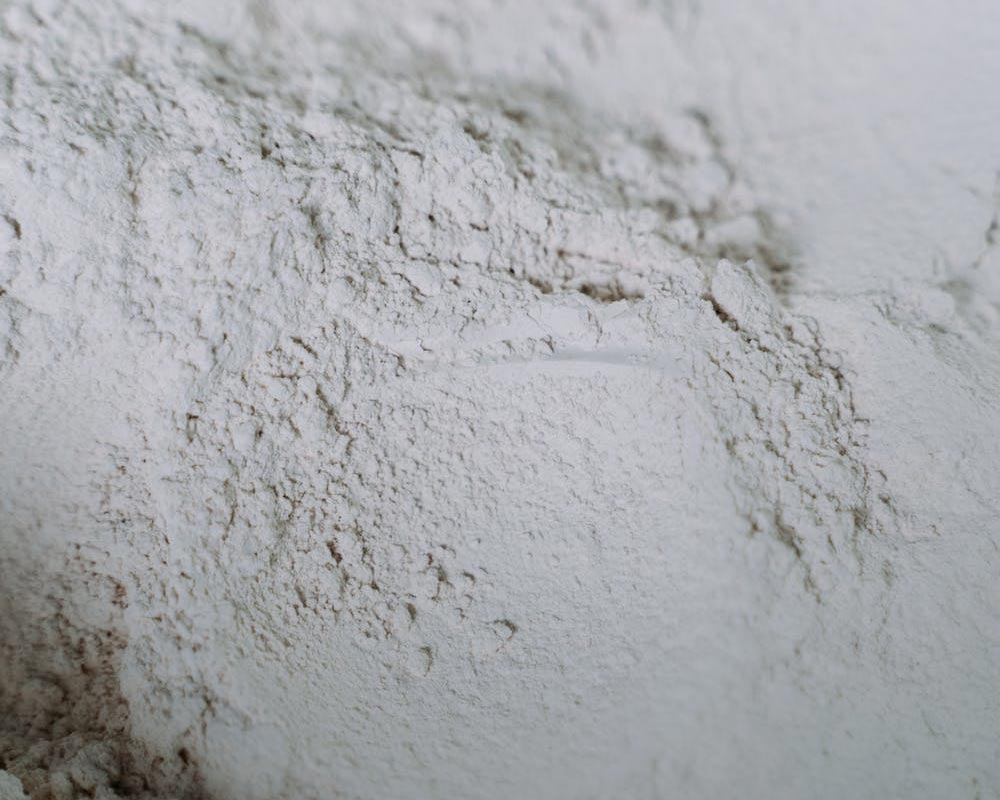The main application areas of talc
Talc is a filler for plastics second only to calcium carbonate, and the number of applications in plastics is more than 200,000 tons per year. As some of the physical and chemical properties of talc have been further understood, its application scope and The number is increasing dramatically.

1) Use as a heat preservation agent for agricultural film
Silicon-containing minerals, such as mica, kaolin and talc, have a blocking and shielding effect on infrared rays. Adding an appropriate amount of this mineral powder to the agricultural greenhouse film can improve the resistance of the plastic film to infrared rays, thereby reducing the loss of heat in the shed to the outside of the shed in the form of infrared radiation at night, and improving the thermal insulation of the greenhouse.
The research results of the Light Industry Plastics Processing and Application Research Institute in the early 1990s show that:
①When mica powder, kaolin, talc powder and light calcium carbonate have the same filling amount (close in fineness and surface treatment), the mechanical properties of polyethylene film are close to each other, and the mechanical properties of the film filled with kaolin and mica powder are better. a little better.
②The barrier effect of LDPE film filled with silicon-containing fillers on 7-25μm infrared is significantly better than that of inorganic fillers without Si-light calcium carbonate, while the infrared barriers of mica powder, kaolin and talc are similar.
③ Among the three fillers containing Si, the light transmittance of LDPE film filled with mica powder is the highest, and is close to that of pure LDPE plastic film, followed by kaolin and talc, but both are higher than the film filled with calcium carbonate.
Because talc is cheap and easy to handle, although its light transmittance and infrared light barrier properties are not as good as mica powder and kaolin, it can still maintain better light transmittance while improving its thermal insulation. Therefore, it has been used in agricultural plastic shed films. It is widely used. At present, agricultural film production plants use 1%-6% of ultra-fine talcum powder according to different types of film (aging-resistant film, double-proof film, multi-functional film, etc.).
2) Use as a nucleating agent
Crystalline polymers such as polyethylene (PE), polypropylene (PP), polyethylene terephthalate (PET), polyamide (PA), etc., during the cooling and shaping process after melting, some macromolecules The arrangement is ordered, which is called crystallization.
Crystallization not only requires a certain temperature and cooling rate, but also requires the generation of crystal nuclei first, followed by crystal growth. The nucleating agent has two main functions. One is to increase the total crystallization rate, which can ensure that the molten polymer solidifies more quickly during the cooling process, thereby shortening the injection molding cycle cycle and improving work efficiency; Tensile strength, heat distortion temperature and hardness are all enhanced under the action of nucleating agent, transparency increases and turbidity decreases.
Talcum powder is used as a nucleating agent for PE or PP. First of all, the particles are required to be small. The smaller the particle size, the more the number of particles, which means the more crystal centers. The more crystals grown at the same time, the smaller the size of the crystal itself, and the better the performance of the entire material. At the same time, it is also required that the dispersion of the stone powder in the molten state is as thorough as possible, and the agglomeration phenomenon is as slight as possible.
3) Transparent filler masterbatch with talc as the main filler
Although the use of calcium carbonate in the plastic film can reduce the cost, when the amount is large, the transparency of the film is greatly affected, causing misunderstandings by some users. In response to this situation, the transparent filler masterbatch has made significant improvements in filler selection and processing technology, which greatly improved the transparency of the PE film.
Article source: China Powder Network
